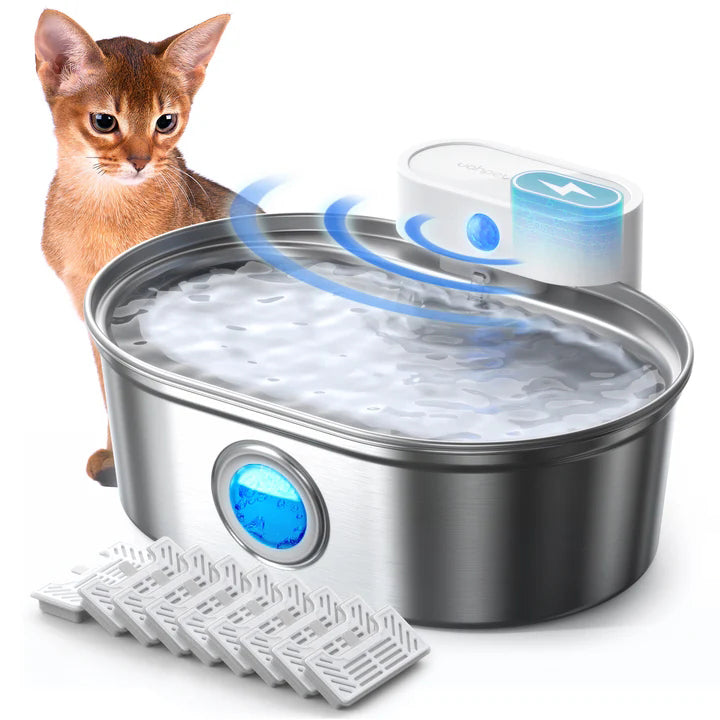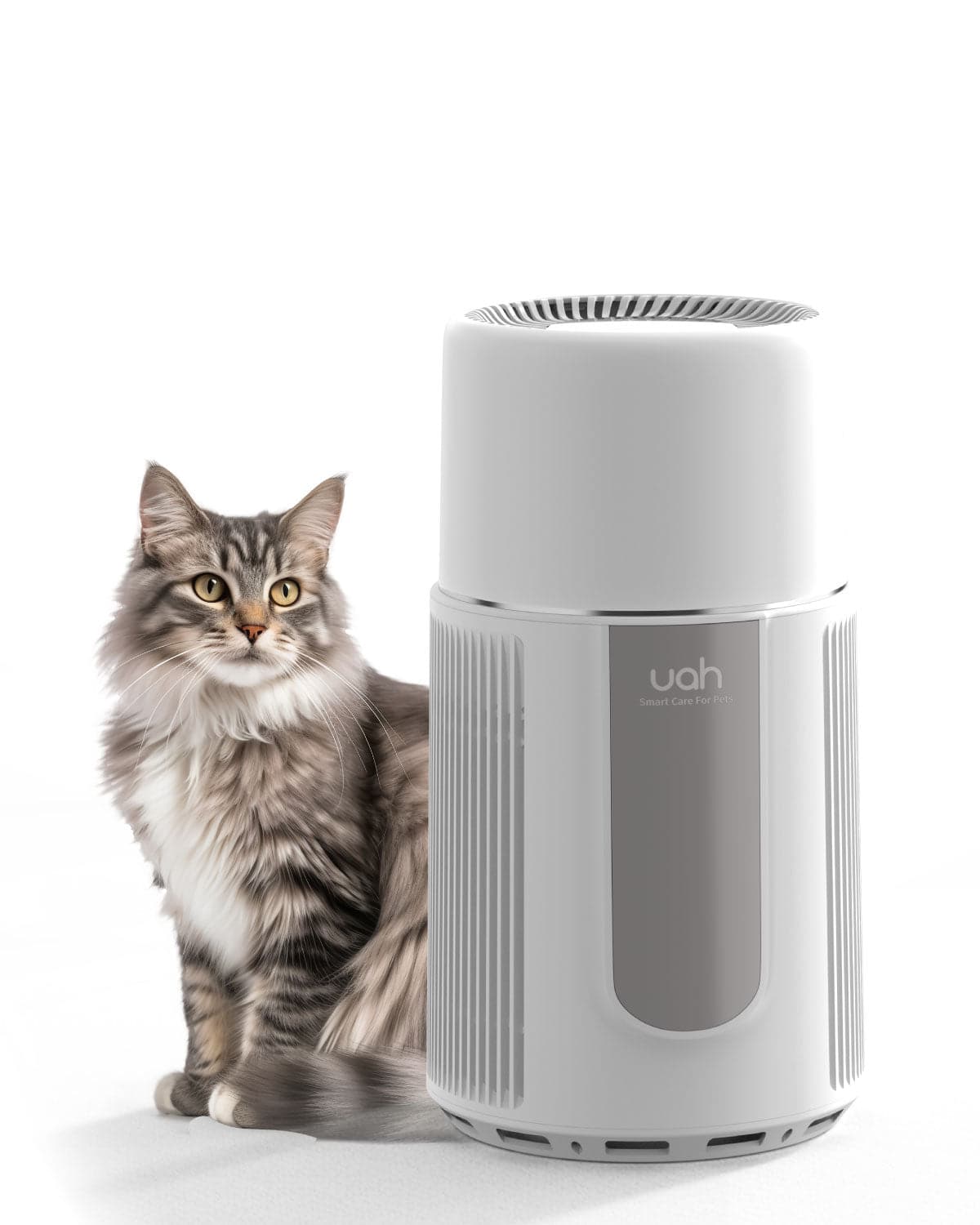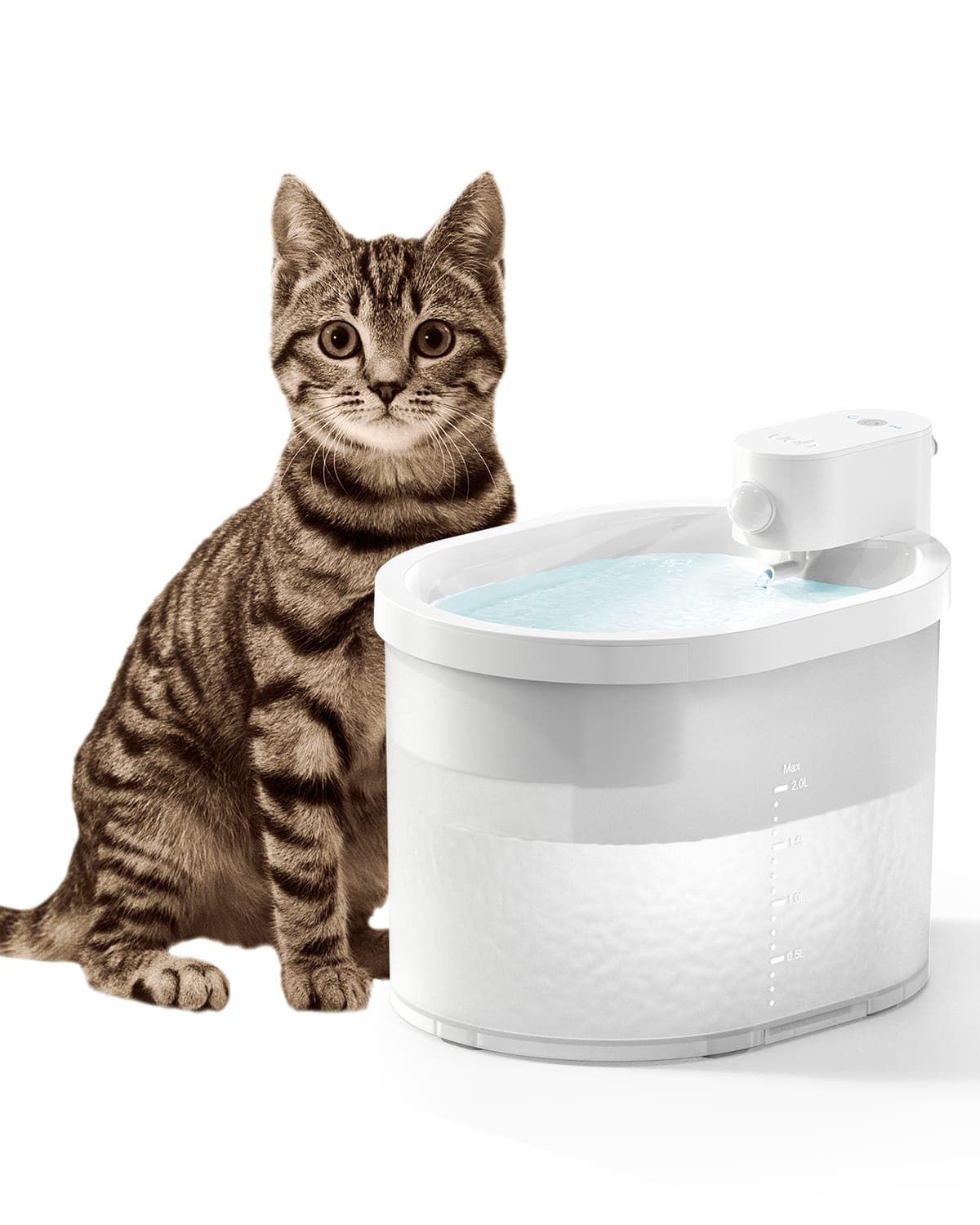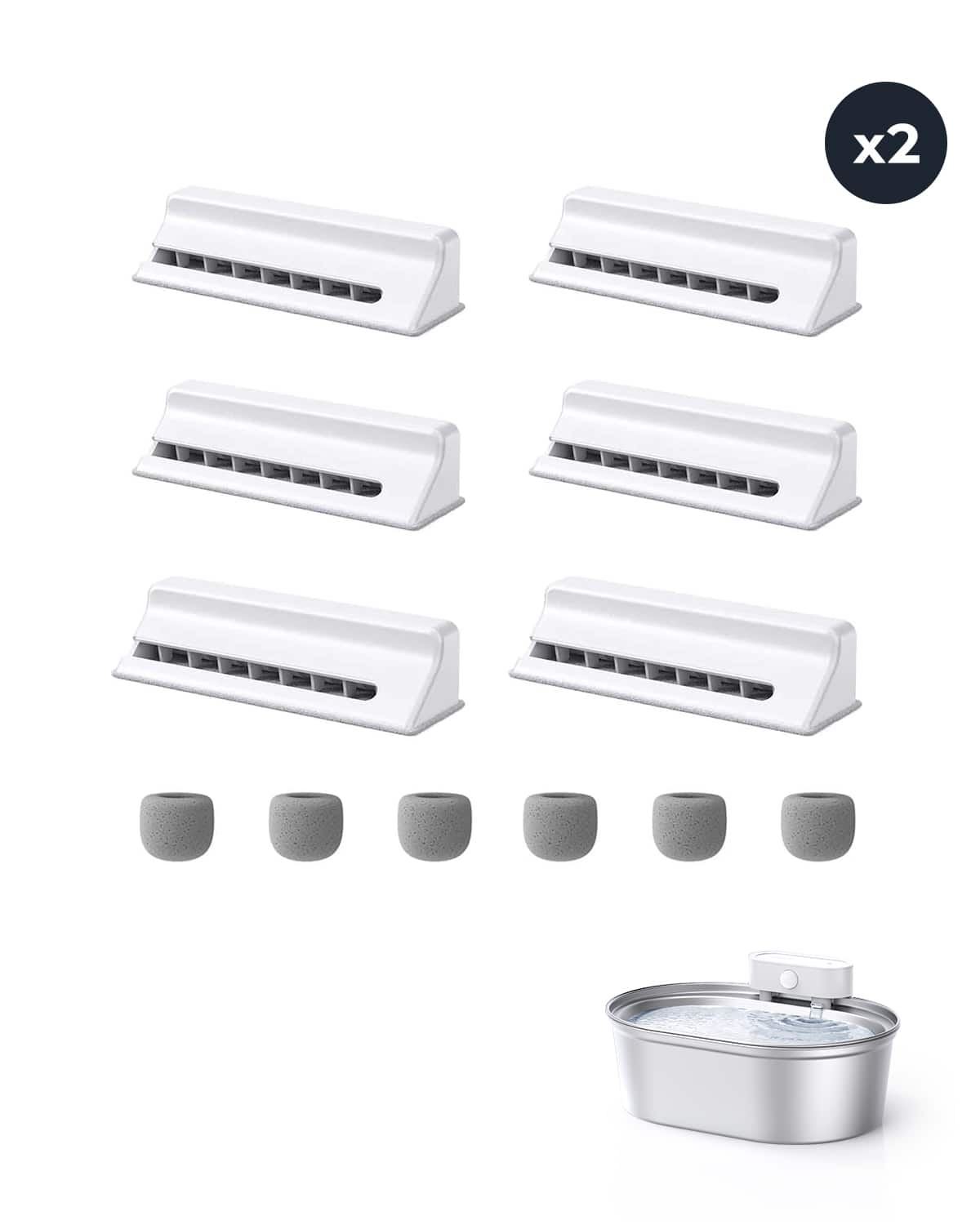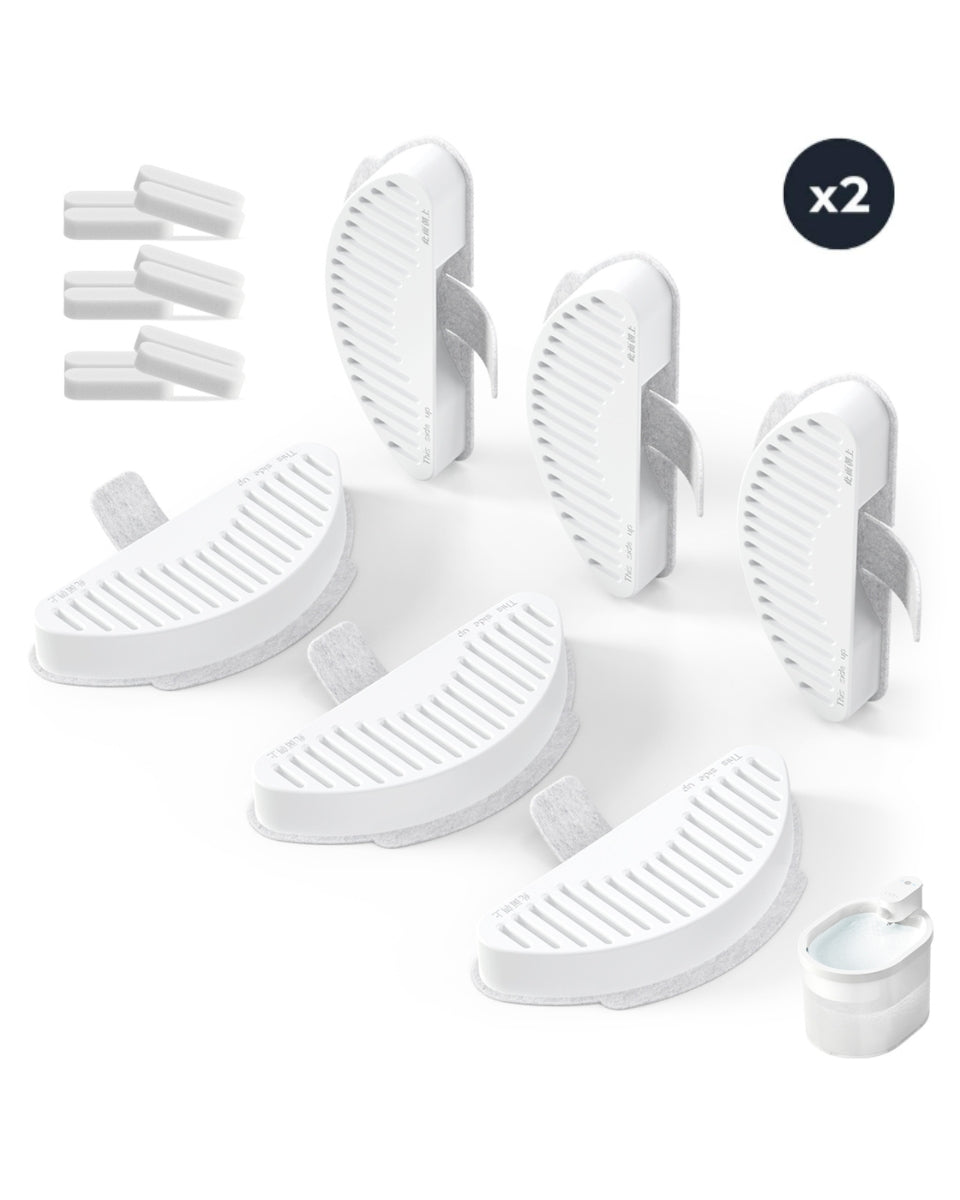For pet owners, the joy of having a furry companion often comes with the challenge of managing pet dander. This microscopic allergen can trigger allergies, asthma, and other respiratory issues, making it a significant concern for households with pets. The question on many minds is: do air purifiers really work for pet dander? Let’s dive into the science, benefits, and considerations to help you make an informed decision.
Understanding Pet Dander
Pet dander consists of tiny, even microscopic, flecks of skin shed by cats, dogs, rodents, birds, and other animals with fur or feathers. These particles can linger in the air, settle on surfaces, and become airborne again when disturbed. For individuals with allergies or asthma, pet dander can be a major trigger, leading to symptoms like sneezing, coughing, itchy eyes, and difficulty breathing.
Unlike pet hair, which is visible and easier to manage, pet dander is much smaller and harder to eliminate. Regular cleaning, vacuuming, and grooming can help, but these methods often fall short of completely removing dander from the environment. This is where air purifiers come into play.
How Air Purifiers Work
Air purifiers are designed to improve indoor air quality by removing pollutants, allergens, and contaminants from the air. They typically use a combination of filters and technologies to capture particles and neutralize odors. The most common types of air purifiers include:
- HEPA Filters: High-Efficiency Particulate Air (HEPA) filters are highly effective at capturing particles as small as 0.3 microns, including pet dander, dust mites, and pollen.
- Activated Carbon Filters: These filters are excellent at absorbing odors and volatile organic compounds (VOCs), which can be useful for eliminating pet smells.
- Ionizers: Ionizers release charged particles that attach to airborne pollutants, causing them to fall out of the air or stick to surfaces.
- UV-C Light: Ultraviolet light can kill bacteria, viruses, and mold spores, but its effectiveness against pet dander is limited.
Among these, HEPA filters are widely regarded as the most effective for capturing pet dander. However, the overall performance of an air purifier depends on factors like room size, airflow, and maintenance.
The Effectiveness of Air Purifiers for Pet Dander
Numerous studies and expert opinions suggest that air purifiers can indeed help reduce pet dander in indoor environments. HEPA filters, in particular, are capable of trapping up to 99.97% of airborne particles, including pet dander. By continuously circulating and filtering the air, these devices can significantly lower the concentration of allergens in your home.
However, it’s important to note that air purifiers are not a standalone solution. They work best when combined with other strategies, such as regular cleaning, grooming your pets, and maintaining good ventilation. Additionally, the effectiveness of an air purifier depends on its placement and usage. For optimal results, place the device in the room where your pet spends the most time and ensure it runs continuously or for extended periods.
Benefits of Using Air Purifiers for Pet Dander
Using an air purifier specifically designed to tackle pet dander can offer several benefits:
- Reduced Allergens: By capturing pet dander and other allergens, air purifiers can help alleviate symptoms for allergy and asthma sufferers.
- Improved Air Quality: Cleaner air can enhance overall respiratory health and create a more comfortable living environment.
- Odor Control: Many air purifiers with activated carbon filters can help neutralize pet odors, keeping your home smelling fresh.
- Peace of Mind: Knowing that your air is being continuously filtered can provide reassurance for pet owners concerned about indoor air quality.
Limitations and Considerations
While air purifiers can be highly effective, they are not without limitations. Here are some key considerations to keep in mind:
- Room Size: Air purifiers are designed to handle specific room sizes. Using a device that’s too small for your space will reduce its effectiveness.
- Maintenance: Filters need to be replaced regularly to maintain performance. Neglecting this can lead to reduced efficiency and higher operating costs.
- Initial Cost: High-quality air purifiers can be expensive, and the cost of replacement filters adds up over time.
- Noise: Some air purifiers can be noisy, which may be a concern in quiet environments like bedrooms.
It’s also worth noting that air purifiers cannot eliminate pet dander entirely. They can only reduce the amount of dander in the air, so other measures like cleaning and grooming are still essential.
Tips for Maximizing Air Purifier Effectiveness
To get the most out of your air purifier for pet dander, follow these tips:
- Choose the Right Device: Opt for an air purifier with a true HEPA filter and consider additional features like activated carbon filters for odor control.
- Place It Strategically: Position the air purifier in the room where your pet spends the most time, such as the living room or bedroom.
- Run It Continuously: For best results, keep the air purifier running 24/7 or for extended periods, especially during peak allergy seasons.
- Maintain It Regularly: Replace filters as recommended by the manufacturer to ensure optimal performance.
- Combine with Other Measures: Use the air purifier alongside regular cleaning, grooming, and ventilation to create a comprehensive approach to managing pet dander.
Real-Life Experiences
Many pet owners have reported significant improvements in their indoor air quality after using air purifiers. For example, individuals with severe pet allergies have noted a reduction in symptoms, while others have appreciated the elimination of pet odors. However, experiences can vary based on factors like the type of pet, the size of the home, and the specific air purifier used.
It’s important to manage expectations and understand that air purifiers are just one part of a broader strategy for managing pet dander. While they can make a noticeable difference, they are not a cure-all solution.
Expert Opinions
Experts in indoor air quality and respiratory health generally agree that air purifiers can be a valuable tool for reducing pet dander. According to the Asthma and Allergy Foundation of America, air purifiers with HEPA filters are recommended for individuals with pet allergies. However, they emphasize the importance of using these devices in conjunction with other measures, such as keeping pets out of bedrooms and using allergen-proof bedding.
Similarly, the Environmental Protection Agency (EPA) highlights the role of air purifiers in improving indoor air quality but advises consumers to choose devices that are appropriately sized for their space and to follow maintenance guidelines carefully.
Final Thoughts
So, do air purifiers really work for pet dander? The answer is a resounding yes—when used correctly. By investing in a high-quality air purifier with a HEPA filter and combining it with other best practices, you can significantly reduce pet dander in your home and create a healthier environment for you and your furry friends. While they may not eliminate dander entirely, air purifiers are a powerful tool in your arsenal for managing allergens and improving indoor air quality. Take the first step toward cleaner air today and breathe easier with your beloved pets by your side.


